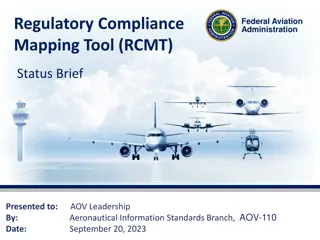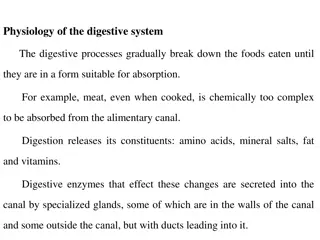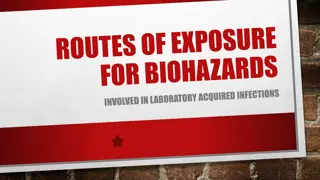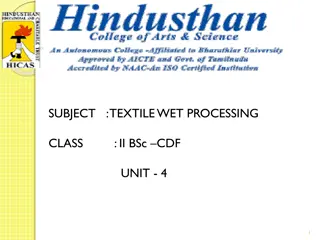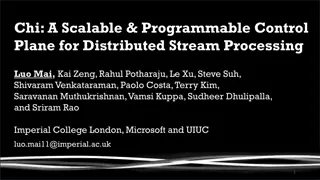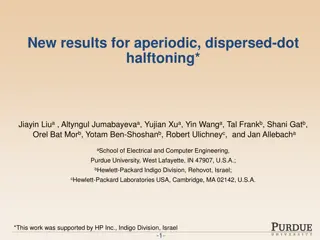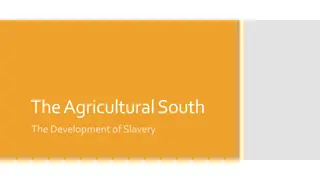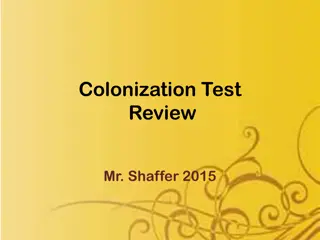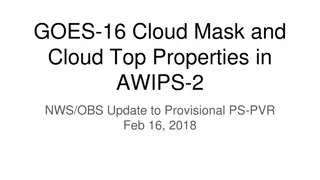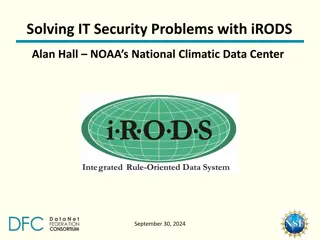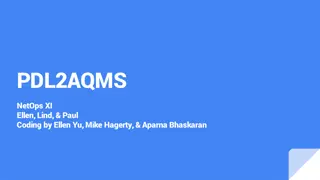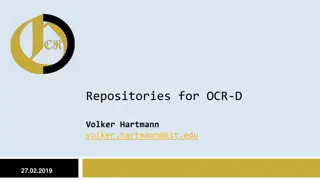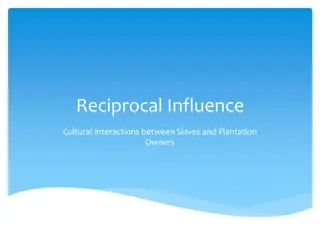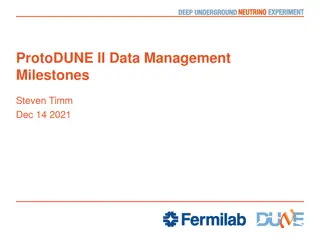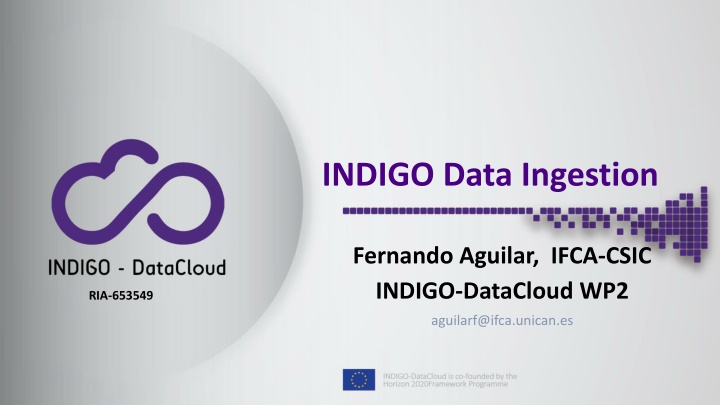
Data Management Solutions and Lifecycle Analysis in INDIGO-DataCloud
Explore the innovative data management solutions, lifecycle analysis, and integration of distributed data infrastructures within the INDIGO-DataCloud environment. Learn about data levels, metadata standards, and the Cloud-based data management approaches discussed at the RDA Plenary. Discover the concept of Data Levels and how they play a crucial role in the ingestion, curation, analysis, and preservation of data in various stages. INDIGO Data Ingestion and Life Cycle Management are key components highlighted in this comprehensive overview.
Download Presentation

Please find below an Image/Link to download the presentation.
The content on the website is provided AS IS for your information and personal use only. It may not be sold, licensed, or shared on other websites without obtaining consent from the author. If you encounter any issues during the download, it is possible that the publisher has removed the file from their server.
You are allowed to download the files provided on this website for personal or commercial use, subject to the condition that they are used lawfully. All files are the property of their respective owners.
The content on the website is provided AS IS for your information and personal use only. It may not be sold, licensed, or shared on other websites without obtaining consent from the author.
E N D
Presentation Transcript
INDIGO Data Ingestion Fernando Aguilar, IFCA-CSIC INDIGO-DataCloud WP2 RIA-653549 aguilarf@ifca.unican.es
INDIGO Data Ingestion Deliverables: D2.11, D2.7 Data Life Cycle Analysis Roles, Data Levels, Metadata ENVRI RDA NASA Metadata Standards. 2 Integrating distributed data infrastructures with INDIGO-DataCloud
Data Management in the Cloud Session in last RDA Plenary: EUDAT, EGI, INDIGO. Different Cloud-based data management approaches. Conclusions: Interest in assuring FAIR(+R). Different paths to achieve. Not close to implementation in production. 3 INDIGO Data Ingestion
INDIGO Data Life Cycle (6S) Stage 1: Plan: DMP Stage 2: Collect: process of getting data Stage 3: Curate: actions performed over the data. Stage 4: Analyse: also called Process , given the data an added. Stage 5: Ingest (& Publish): including other steps like Access , Use or Re-use , in this stage, data is normally associated to metadata, has a persistent identifier and is published in an accessible repository or catalogue, under a format that makes it useful for further re-use. Stage 6: Preserve: "store" both data and analysis for long-term. Licenses and methods need to be taken into account. 4 Integrating distributed data infrastructures with INDIGO-DataCloud
The concept of Data Levels Data Level Short Name Description Dataset Level Format Definition SQL tables, real time update (IoT-like) and Associated Metadata SQL scheme, names of parameters (following EML) Other metadata/links Raw data Instruments description (OGC) Level 0 RAW Acquired raw data. Level 1 CALIBRATED Calibrated camera data. Platform location (GPS) Level 2 RECONSTRUCTED Reconstructed parameters direction, particle ID). shower energy, Processed data SQL tables, consolidated backup SQL scheme, matching EML definitions Definition of specific derived variables like, PAR (Photosynthetic Active Radiation), depth (from Press), etc. (such as Level 3 REDUCED Sets of selected events with associated instrumental response characterizations science analysis. Curated data SQL tables, revised for spikes, outliers, out- of-range data, etc. CSV, R / Excel ready to be used, associated basic scripts NetCDF, HDF, Model proprietary format. SQL scheme, matching EML definitions Included in DOI of published dataset. Associated EML file. NetCDF or HDF metadata. Associated EML File. Included in DOI. Errors deleted. needed for Ingested data Published in catalogue. Level 4 SCIENCE High Level binned data products (such as spectra, sky maps, or light curves). Derived Data Data derived from models (Delft3D) or other analysis tools. Level 5 OBSERVATORY Legacy observatory data (such as survey sky maps catalog). or source Data Levels for Algae Bloom Data Levels for CTA 5 INDIGO Data Ingestion
INDIGO Data Management Solutions OneData Distributed storage solution to access, store and publish data. IAM. OneClient, OneProvider, OneZone. Metadata Management. Web-API Access. File System, Extended and Custom Attributes. Storage QoS (Quality of Service) Get or add information about a storage element characteristic such as type of media, location or latency. Can be combined with SLA. Works with CDMI, Amazon S3, etc. The endpoint is public and reachable by REST API. Integration Integration of the information provided by a sites QoS endpoint into OneData will allow users to identify (and modify if available) the storage qualities via the OneData client. 6 Integrating distributed data infrastructures with INDIGO-DataCloud
INDIGO Data Ingestion: The Arbor metaphor Data Ingestion as the process that ends with the data being ready for sharing/(re-)use, following the usual community requirements 7 INDIGO Data Ingestion
INDIGO Data Ingestion: The Arbor metaphor Data Ingestion as the process that ends with the data being ready for sharing/(re-)use, following the usual community requirements FAIR + Reproducibility + Security/Legal 8 INDIGO Data Ingestion
INDIGO Data Ingestion: The Arbor metaphor 9 INDIGO Data Ingestion
INDIGO Data Integrity Test STAGE 1. PLAN Definition of the Integrity Test components Check DMP Existence Next gen: Machine Actionable DMPs INDIGO-DataCloud Solution Manual Automatic linking (not implemented) 2. COLLECT DataSet existence DataSet Integrity (checksum) Qc/Qa description OK Curating, Quality Software (optional) Parameters description OK EML Onedata 3. CURATE EML Onedata 4. ANALYSE EML Onedata Processable Check: Validation Check all previous stages OK Assign PID/DOI 5. INGEST EML Onedata Assure Open Protocol (OAI-PMH) Supported by Onedata (Data Provider role) 6. PRESERVE License Definition EML Onedata Preservation details QoS - Onedata 10 INDIGO Data Ingestion
Example: Collect EML Physical Module 11 INDIGO Data Ingestion
Example: Analyse 12 INDIGO Data Ingestion
Thank you! Fernando Aguilar, IFCA-CSIC aguilarf@ifca.unican.es 13 INDIGO Data Ingestion

